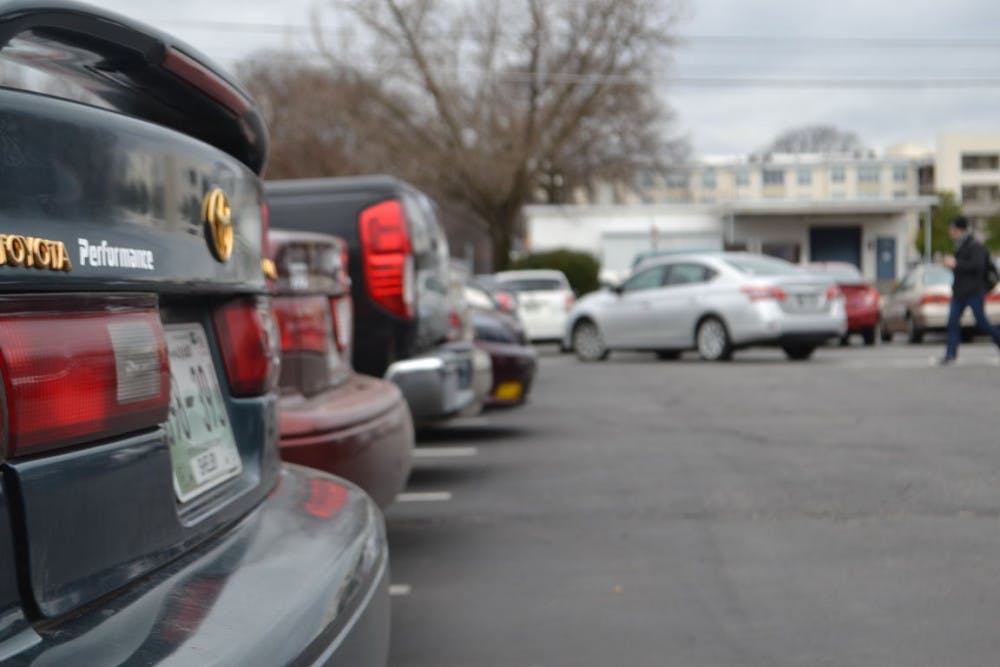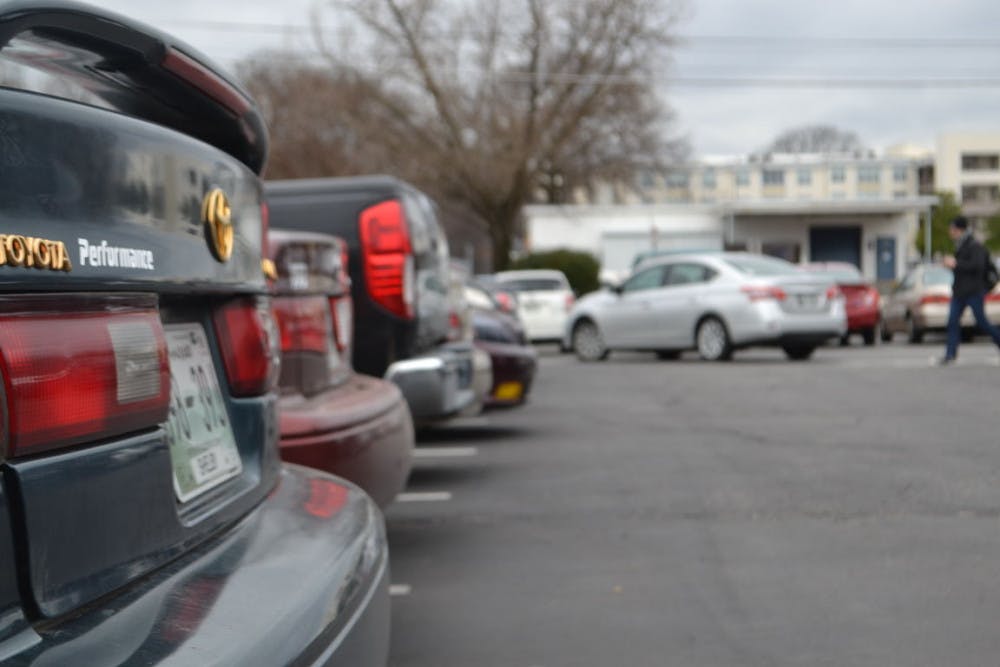
A third of general parking at the University of Memphis will be eliminated when the university begins construction on a new recreation center and pedestrian bridge. As a result, the per semester parking fee will increase from $42 to $69 to cover the cost of a parking garage that will replace the lost spaces.
There will likely be 700 fewer parking spots in the Southern Avenue parking lot when construction begins in summer 2016.
When completed, the recreation center and pedestrian bridge will cover 1,489 parking spaces. “It’s going to be really tight during construction,†said Angela Floyd, director of Parking and Transportation Services at the U of M. “The good news is that when they start building the rec center, they aren’t going to take all 1,489 spaces immediately. They will leave us 700 or 800 spaces until they are ready to build the new fields.â€
Nearly all of parking consumed by the new rec center and bridge is general parking.
If approved, construction of a $18.6 million garage would begin at the same time as the recreation center. However, the garage alone cannot replace all of the parking spaces lost by the recreation center and the bridge.
Parking services is also planning to transform several locations into smaller parking lots before construction begins.

Building the new recreation center and pedestrian bridge will eliminate nearly one-third of general parking spaces. This is how the U of M will try to make up that loss.
Several tennis, volleyball and basketball courts will be paved over to create a little more than 500 spaces. Alumni parking will be expanded again by 55 spaces and a new parking lot near South Hall will add 113 spots.Â
Parking services wants these smaller parking lots finished before the major construction begins to hopefully supplement the missing spaces, Floyd said.
Because the university is surrounded by neighborhoods, there is little room to expand parking lots. The U of M will need to build a parking garage, Floyd said.Â
“When the fee increase was discussed for the new rec center and land bridge – I wasn’t a part of those conversations – we thought that the fee that was voted on included the cost of a garage. It did not.â€-Angela Floyd, director of Parking and Transportation Services at the U of M.
Â
 “We are trying to phase it is so we have the least amount of impact,†she said. “But I’m not going to lie. It’s going to be rough. General parking is already tight during peak hours.â€
There are currently 4,400 general-parking spaces at the U of M’s main campus according to the parking services website.
General parking is the standard parking pass that most traditional students pay. It cost $7 a class and maxes out at $42 a semester.Â
How did this happen?
It seems little thought went into where people would park when the recreation center and pedestrian bridge were decided on.
“I don’t know what went into deciding where the new rec center was going to be built. I was not a part of those conversations,†Floyd said. “All I know is that when they decide to put a building on a parking lot, we have to figure out how to replenish those spaces.â€
Parking lots are seen as prime real estate to developer, Floyd said. “It’s flat and already dug out. It’s the perfect place to put a building.â€
The U of M is also land locked by houses and surrounding businesses. Building the new recreation center on property already owned by the U of M makes sense.
It’s also worth noting that the student government played a big role in deciding where the recreation center would go, said Danny Armitage, associate vice president for Student Affairs Student Life and Dean of Students.
“The Student Government Association was very heavily involved with cite selection of the rec center,†Armitage said. “The entire process has been vetted by students.â€
The Tennessee Board of Regents approved a student fee hike of $307 in fall 2014 to pay for the $62 million recreation center and pedestrian bridge.
At the time, some officials assumed this fee hike would also go toward paying for parking.Â
“When the fee increase was discussed for the new rec center and land bridge – I wasn’t a part of those conversations – we thought that the fee that was voted on included the cost of a garage.†Floyd said. “It did not.â€






